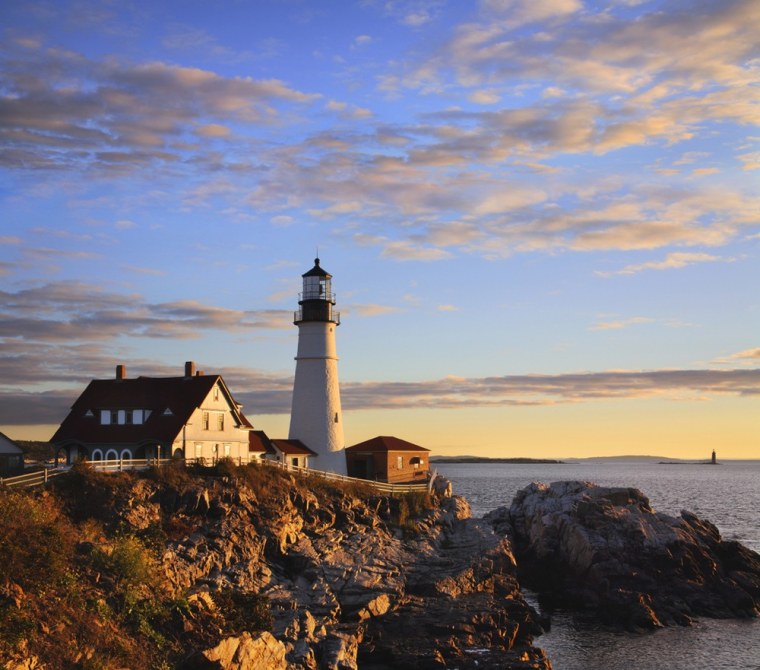Nearly a million New Yorkers rush through Grand Central Terminal to and from their desks every day, barely taking notice of the spectacular Beaux-Arts building that surrounds them. First-time visitors to the terminal, though, may find it hard to imagine taking such an architectural masterpiece for granted: with its massive, echoing main concourse, soaring multi-paned windows, and vibrant astronomical ceiling mural, it’s one of America’s great structural gems. Little wonder that so many tourists (some 21.6 million per year) can be seen standing amid the crowds of commuters, marveling and snapping cell-phone photos.
While the Eiffel Tower, the Taj Mahal, and Mount Fuji may be the first images that come to mind when we picture beautiful landmarks, the truth is that there are numerous dazzling sights — both natural and man-made — right here in the United States. And while some of them may require a road trip or plane ride to get to, others, like Grand Central, may be practically right under our noses.
The past century-and-a-half has seen the creation of two organizations that work together to protect America’s national treasures. After the first national park, Yellowstone, was established in 1872 to protect the natural beauty of its world-famous geyser basins and wildlife, the U.S. National Park Service was founded in 1916 — and now oversees the preservation of 58 parks around the country. Later, the National Historic Preservation Act of 1966 created the National Register of Historic Places, to protect landmarks that specifically illustrate the heritage of the United States. (Until it was named a National Historic Landmark in 1976, Grand Central Terminal fell into disrepair and was nearly demolished; happily, today it has been restored to its former glory.)
Not all of the landmarks on our list have been officially designated as state parks or National Historic Places. And, on their surface, many of them may seem dissimilar: one is an extraordinary (and still active) volcano, while another is a lighthouse; one is a mighty waterfall, while another is a centuries-old desert adobe settlement. But what’s amazing is that these landmarks, disparate though they are, share a home right here on U.S. soil. And all of them have played a part, however small, in our national history.
These sites, in short, are attractions that all Americans should feel proud of. And our appreciation, and protection, of them will guarantee that future generations will be able to admire them, too.
